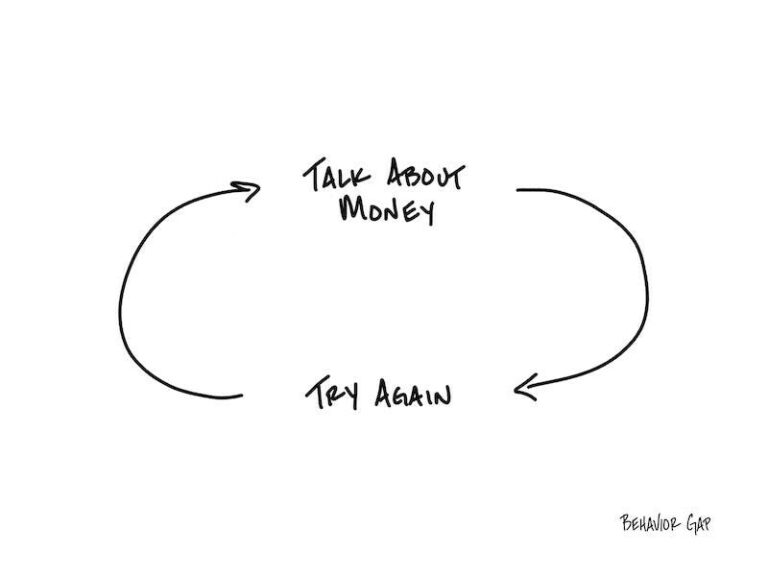
Property prices are predicted to fall over the coming year, but it’s always hard to know exactly when they’re going to start trending back up again. So if you’re interested in taking advantage of the dip, it could pay to start preparing now.
Earlier this year, Domain’s June 2022 Quarterly House Price report showed national property prices were starting to slightly dip.
And ANZ economists are predicting a 15-20% drop by the end of next year, before starting to recover in 2024 (prices never seem to dip for too long!).
So how can you prepare to take advantage of lower prices if you’re in the market to buy?
Here are our top five tips to help you get ahead of the curve.
1. Start researching the market now
Think about what you’re looking for in a property. Where do you want to live and what features are you looking for in a home? What can you realistically afford?
Then start researching market prices on realestate.com.au or Domain so you can compare similar properties in your preferred locations.
This gives you a benchmark to aim for while you’re saving your deposit, and when the time comes, you’ll be able to tell if the home you’ve set your eyes on is a great deal or not.
2. Keep your tax returns up to date
Having your tax returns ready to roll is a crucial step in the mortgage application process.
Before a lender can approve your application, they need to know all about your income and ability to meet repayments.
Your financial picture helps lenders to assess the risk of lending you money and what your borrowing capacity is.
Some accountants have a four to six week lead time on completing tax returns – not to mention the time it takes for you to get your paperwork together and get an appointment – so if your tax returns aren’t up to date, best to get onto it now.
3. Start reducing unnecessary expenses
Lenders also like to see whether you’re a splashy spender or savvy saver. It’s all about assessing the risk of lending you a hefty sum.
Go through your expenses and see where you can trim the fat. Excessive streaming services, too many takeaway meals, unused memberships and such can add up.
You don’t have to become a full-on minimalist. But tweaking your expenses can make you look good to lenders.
And the savings you unlock can go towards your deposit, which brings us to our next point…
4. Build up a deposit with genuine savings
Now that you’ve got an idea of market prices, you can work out how much you’ll need for a deposit.
Generally, a 20% deposit is regarded as a great savings goal, but there are certainly ways to get into the market with as little as a 5% deposit, such as the federal government’s First Home Guarantee.
Whatever deposit amount you’re aiming for, don’t forget to factor in a little extra to cover purchasing costs such as conveyancing fees, building inspections, and stamp duty.
Lenders will look for a portion of your deposit to consist of genuine savings – at least 5% of the purchase price. Some of the more commonly accepted examples of genuine savings are:
– Accumulated funds or regular deposits in a savings account in your name for at least 3 to 6 months.
– Term deposit savings accounts held for at least 3 months.
– Shares or managed funds held for at least 3 months.
– Rental history for the past 6 months.
5. Assess your borrowing capacity or obtain pre-approval
Knowing your borrowing capacity or getting your finance pre-approved gives you a great insight into your borrowing limit.
After all, you likely won’t know what kind of home you can afford to buy if you don’t know how much you can borrow.
And that’s where we come in – we can help you assess your borrowing capacity or obtain finance pre-approval.
So if you’ve got your eye on buying during the predicted dip over the next year or so, reach out today and we can help you start planning ahead.
Disclaimer: The content of this article is general in nature and is presented for informative purposes. It is not intended to constitute tax or financial advice, whether general or personal nor is it intended to imply any recommendation or opinion about a financial product. It does not take into consideration your personal situation and may not be relevant to circumstances. Before taking any action, consider your own particular circumstances and seek professional advice. This content is protected by copyright laws and various other intellectual property laws. It is not to be modified, reproduced or republished without prior written consent.


